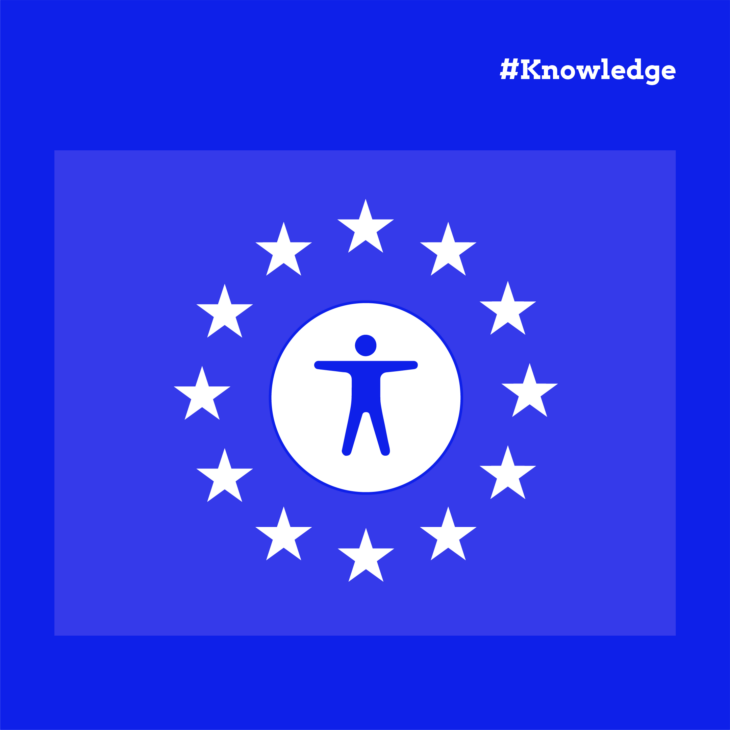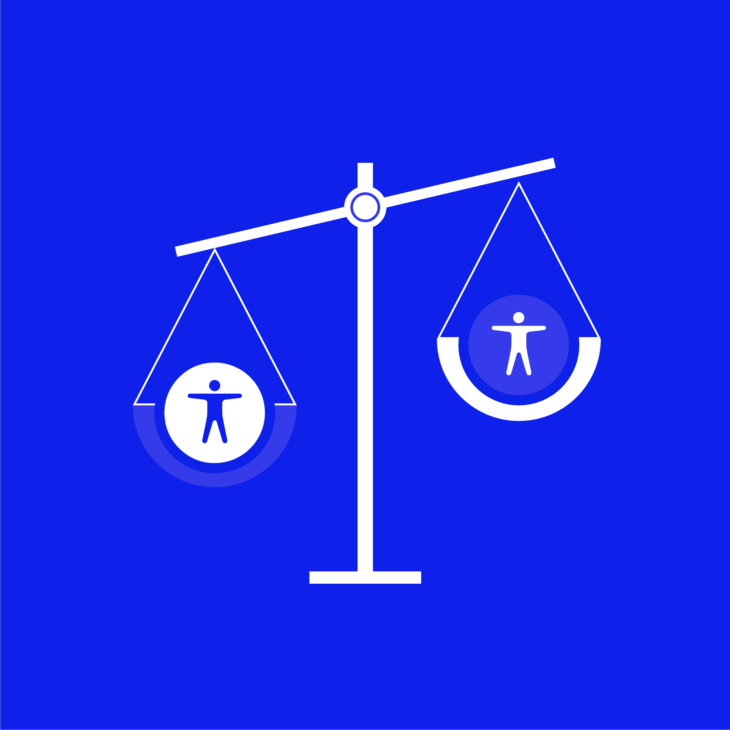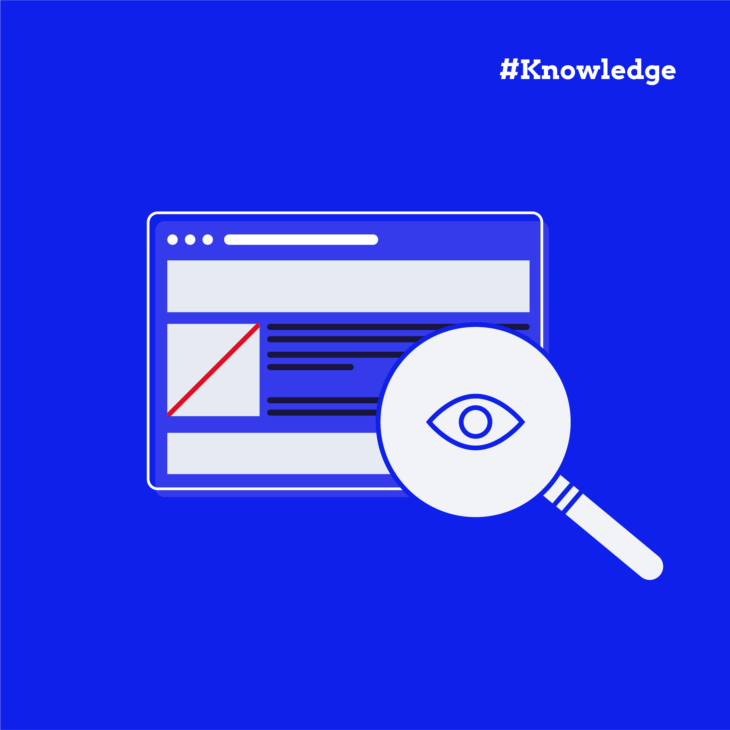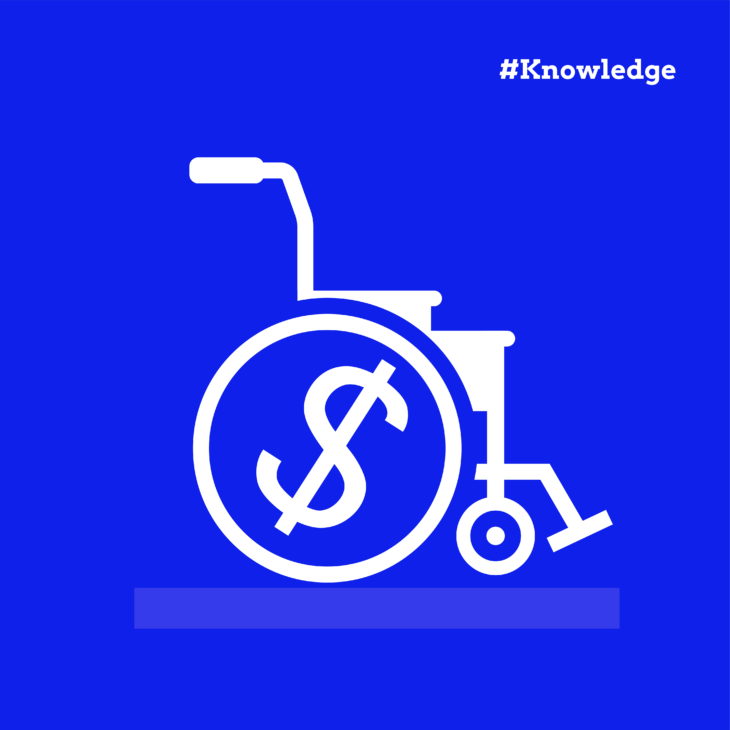Taeke Reijenga has extensive experience with the business side of Web Accessibility. As CEO of the full service digital agency Level Level, he has managed in a short amount of time to get his entire team on board when it comes to including web accessibility in their workflow.
If you manage a website or mobile application in the European Union (EU), you’ll need to understand two significant pieces of legislation: the Web Accessibility Directive (WAD) and the European Accessibility Act (EAA). These requirements aim to make online content accessible to everyone, including people who have disabilities.
The EAA, which takes effect from 28 June 2025, brings new responsibilities for many businesses and organisations. Understanding and implementing these requirements might seem challenging at first – but don’t worry, we’re here to help.
In this article, we’ll break down what you need to know about EU web accessibility legislation, explain how to implement and monitor compliance, and provide practical steps to ensure your websites and applications are ready for the 2025 deadline. Whether you’re just starting or looking to improve your current accessibility practices, we’ve got you covered.
Understanding EU web accessibility compliance requirements
Two major pieces of legislation shape web accessibility in the EU: the Web Accessibility Directive (WAD) and the European Accessibility Act (EAA). While they share similar goals, they have distinct requirements and affect different organisations.
- The WAD focuses specifically on public sector bodies. If you work for a government agency, local authority, or public institution, you’re required to make your websites and mobile applications accessible to all users, including people who have disabilities. This directive is already in force, meaning public sector organisations must comply now.
- The EAA, on the other hand, extends accessibility requirements to private businesses. From 28 June 2025, companies providing everyday products and services – including websites, mobile applications, and eCommerce platforms – must ensure their digital offerings are accessible to everyone.
WAD references the EN 301 549 standard, which aligns with the Web Content Accessibility Guidelines (WCAG) 2.1. However, the EAA goes further by covering a broader range of products and services beyond just websites and apps.
Each EU member state has designated bodies responsible for monitoring compliance. For the WAD, these bodies check public sector websites and apps. With the EAA, market surveillance authorities will monitor private sector compliance. While the WAD leaves penalties up to individual member states, non-compliance with the EAA after June 2025 could result in legal action.
Understanding these requirements is your first step toward making your digital content accessible to everyone. In the next section, we’ll look at the specific technical standards you need to meet.
Essential technical standards for compliance
If you’re working to make your digital products and services accessible in the EU, it’s generally a good idea to follow version 3.2.1 of EN 301 549 or the EAA’s own guidelines.
The most straightforward way to meet these requirements is to follow the Web Content Accessibility Guidelines (WCAG) 2.1 Level AA. These guidelines are actually built into EN 301 549, but the European standard goes a bit further by adding some EU-specific requirements.
Let’s look at what else EN 301 549 asks for beyond WCAG:
- Systems for two-way voice communication need to support real-time text alongside voice, allowing people who are deaf or hard of hearing to participate fully in conversations.
- All emergency communication systems must be accessible through multiple means (text, voice, video).
- Any biometric systems (like fingerprint readers) need alternative authentication methods.
- Systems must work properly with assistive technologies, including screen readers and hearing aids.
Public sector bodies need to check their compliance through regular monitoring procedures defined in the EU monitoring methodology, which includes both automated testing and manual reviews. It’s worth noting that simply running an automated checker isn’t enough – you’ll need real people, including people with disabilities, to test your services.
For businesses preparing for the European Accessibility Act coming in 2025, these same technical standards will apply. While the EAA covers a broader range of services than the Web Accessibility Directive, they both reference EN 301 549 as the technical standard to follow.
A practical tip: start by testing your digital services against WCAG 2.1 Level AA requirements. Once you’ve got those sorted, you can then check the additional EU-specific requirements in EN 301 549 to ensure full compliance.
Developing your accessibility compliance roadmap
Making your website or app accessible might feel overwhelming at first, but breaking it down into manageable steps makes the process much more straightforward. Here’s a practical guide to help you create and follow your accessibility roadmap.
Start with an accessibility audit
Before making changes, you’ll want to know exactly where you stand. Run a thorough assessment of your website or app against EN 301 549 requirements. This involves:
- Using automated testing tools to spot common issues.
- Having accessibility experts manually review your site.
- Including people with disabilities in your testing process.
- Checking how well your site works with assistive technologies like screen readers.
Common issues to watch for:
- Missing alternative text for images.
- Poor colour contrast that makes text hard to read.
- Forms that don’t work properly with keyboard navigation.
- Videos without captions or audio descriptions.
- Content that’s not properly structured with headings.
- Interactive elements that aren’t clearly labelled.
🧠If you want to learn how to implement these fixes yourself, check out The A11Y Collective course catalogue, which is filled with user-friendly tutorials and enough practice to make everyone an accessibility expert!
Make your accessibility statement
The EU requires you to publish an accessibility statement on your website. This needs to:
- Follow the model accessibility statement format.
- Contain an explanation of your current level of compliance.
- List any areas that aren’t yet accessible (and why).
- Provide ways for users to report accessibility problems.
- Give alternative means of accessing non-accessible content.
If you’re wondering how that looks, take a look at The A11Y Collective’s accessibility statement.
Improve, train, and monitor
Create a prioritised list of fixes, starting with:
- Emergency communication features and safety information.
- Core functionality like navigation and forms.
- Content accessibility (text, images, videos).
- Supporting features and documentation.
However, making your digital services accessible isn’t just a one-time fix – it needs to become part of your regular processes. That’s why you need to make sure your team understands basic accessibility principles, knows how to create accessible content, can use accessibility testing tools, and includes the relevant accessibility checks in their regular workflows.
These can include:
- Regular automated testing (at least quarterly).
- Manual testing by accessibility experts (annually).
- User testing with people with disabilities.
- Clear procedures for handling accessibility feedback.
- Documentation of all testing and improvements.
Remember to review your accessibility measures whenever you make significant changes to your website or app. If you’re using third-party services or content, make sure they also meet accessibility requirements – you’re responsible for ensuring all parts of your service are accessible.
Get expert help with accessibility monitoring
The main goal of making your digital services accessible is creating something everyone can use. If you’re feeling unsure about where to start or how to maintain accessibility standards, there’s no need to tackle it alone.
The first step is building understanding within your team. Training helps everyone grasp not just the technical requirements but also why accessibility matters and how it improves the experience for all users.
Consider starting with our “Web accessibility, the basics” course if you’re new to accessibility. For developers wanting to dive deeper into technical aspects, our “ARIA explained” course offers hands-on guidance for making complex web applications accessible.
Our business training programmes can be tailored to fit your team’s needs, whether you’re just starting out or looking to enhance your existing accessibility practices. Each course focuses on practical skills that your team can apply straight away.
If you’re unsure about your current accessibility status, our accessibility audit service can help identify areas for improvement and provide clear, actionable steps forward.
Ready to make your services more accessible?
Get in touch to discuss how we can help your team build and maintain accessibility compliance.






